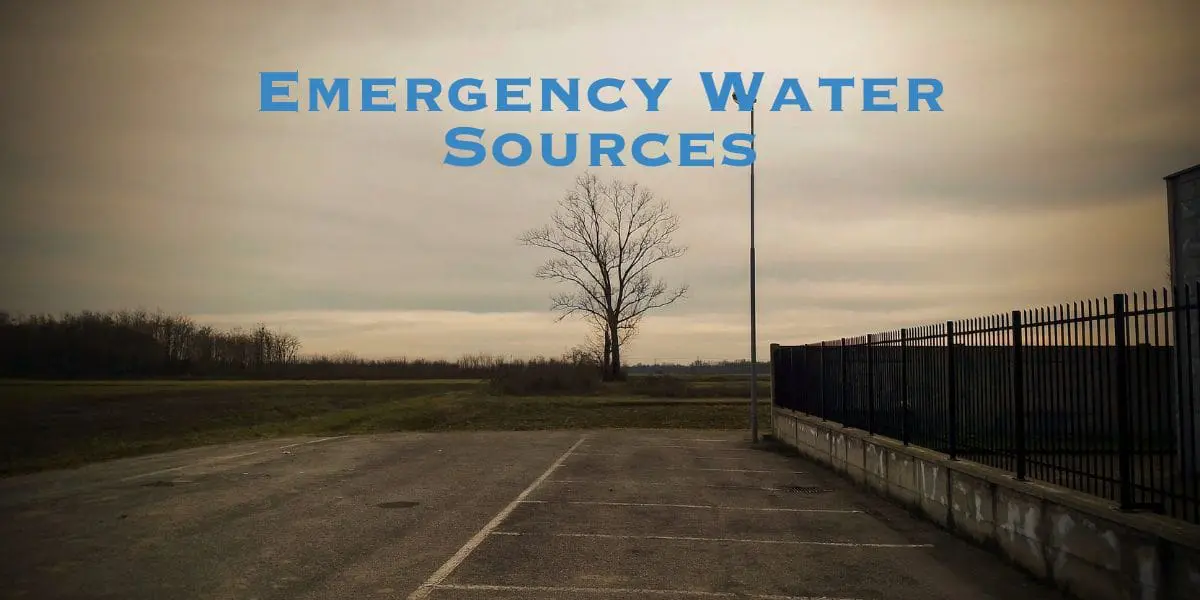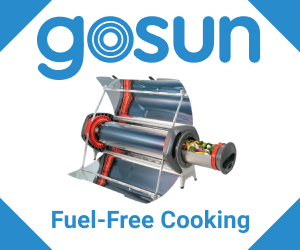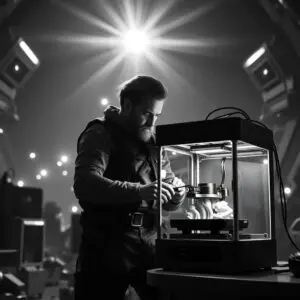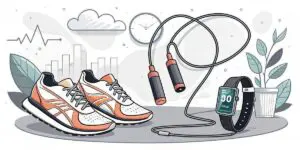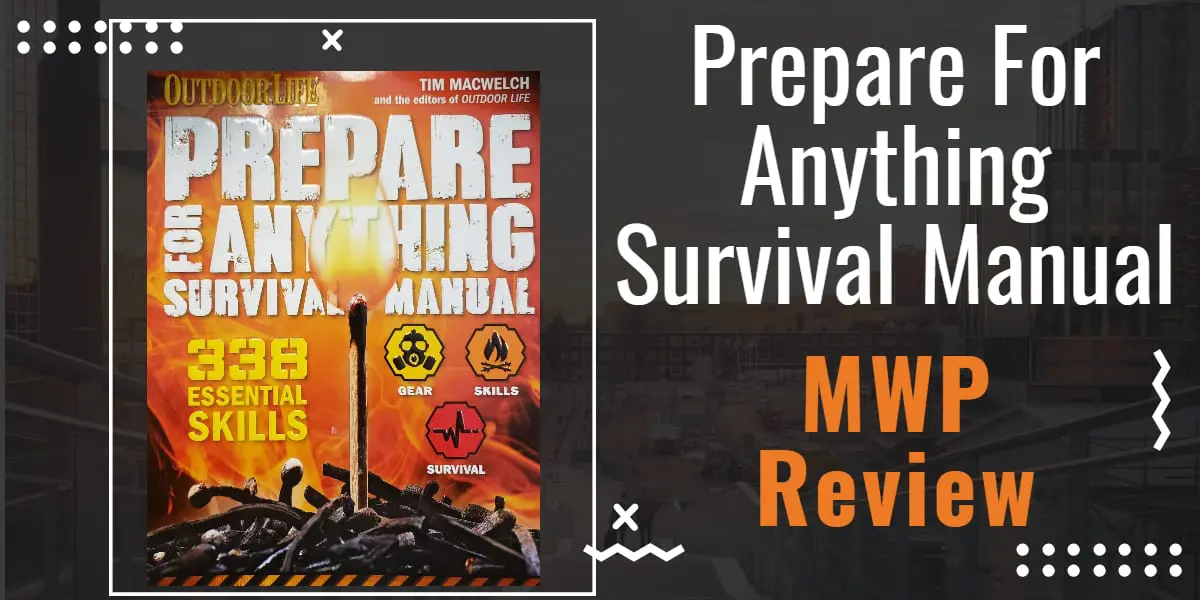In extreme situations where conventional water sources are unavailable, you may need to rely on unconventional sources of water. These emergency water sources can provide a critical supply of clean water to help you stay hydrated and maintain essential hygiene. Here are some practical options to consider:
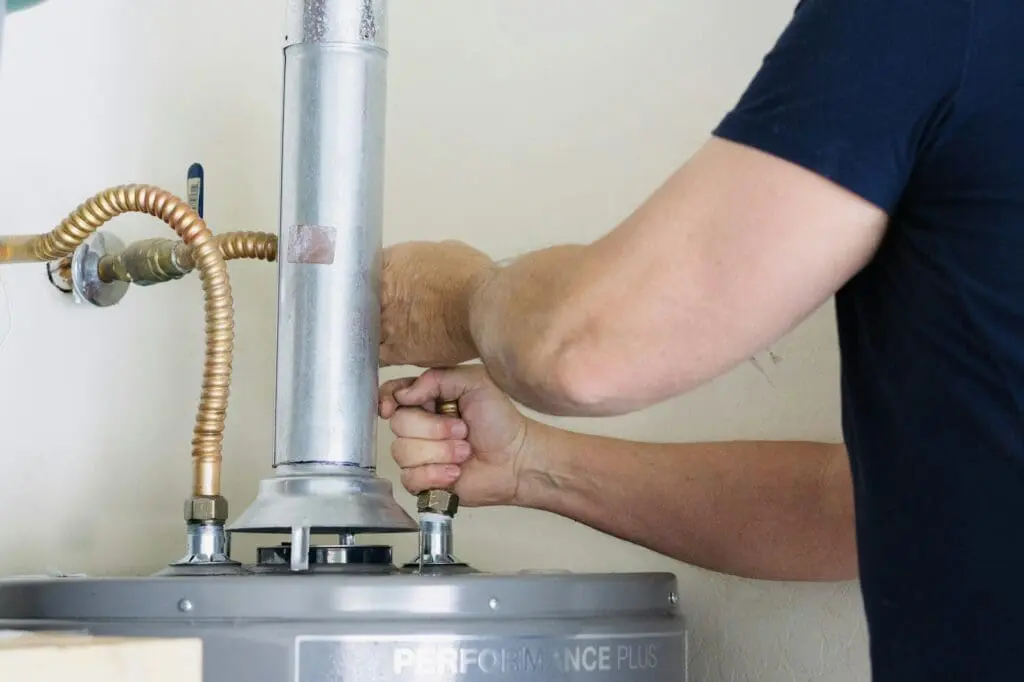
Water Heaters
Your water heater can be a valuable source of clean water in an emergency:
- Accessing the Water:
- Turn Off Power Supply: Before accessing the water, ensure that the power supply to the water heater is turned off to avoid any electrical hazards.
- Drain Valve: Locate the drain valve at the bottom of the water heater. Attach a hose to the valve if available, or place a container underneath to collect the water.
- Open the Valve: Open the drain valve to release the water. If the water does not flow easily, you may need to open a hot water faucet in your home to allow air into the tank and facilitate drainage.
- Water Quality:
- The water from your water heater is generally clean and safe for drinking, as it comes from your household water supply. However, if you have any concerns about its quality, consider boiling or filtering the water before consumption.
Toilet Tanks
The water in your toilet tank (not the bowl) can be used for drinking if certain conditions are met:
- Safety Considerations:
- Clean Water: Ensure that the water in the toilet tank is free from cleaning chemicals, disinfectants, or other additives. If you regularly use toilet tank cleaners, do not use this water for drinking.
- Potable Water Source: The water in the tank is the same as the water supplied to your home, making it safe for consumption if no contaminants are present.
International Water Storage Containers for Emergency Water Storage | Food-Grade HDPE Plastic | BPA-Free | STD Blue
- Accessing the Water:
- Remove the Lid: Carefully remove the lid from the toilet tank to access the water inside.
- Collect the Water: Use a clean container to scoop out the water. If necessary, filter or boil the water before drinking to ensure its safety.
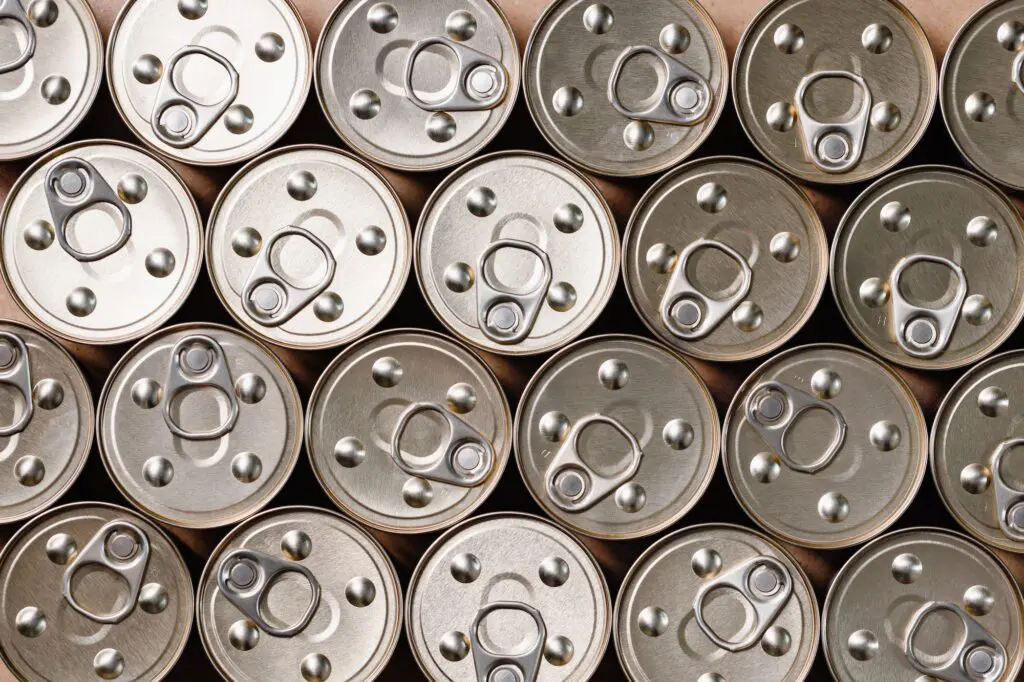
Canned Goods
The liquid in canned fruits and vegetables can provide additional hydration in an emergency:
- Types of Canned Goods:
- Fruits: Canned fruits are often packed in syrup or juice, which can provide both hydration and a source of calories and nutrients.
- Vegetables: The liquid in canned vegetables is typically water or broth, which can also be consumed for hydration.
- Usage:
- Open the Can: Carefully open the can to access the liquid inside. Use a clean container to collect the liquid.
- Consume the Liquid: Drink the liquid directly or use it to rehydrate other foods. The liquid from canned goods can also be used for cooking or making soups.
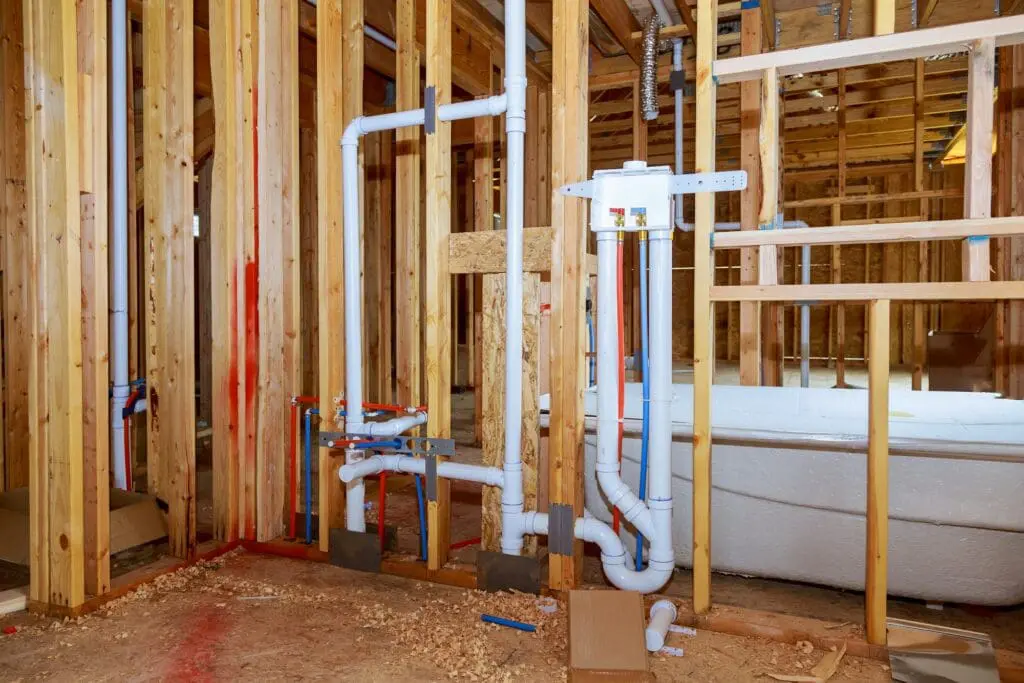
Additional Emergency Water Sources
- Ice: If you have ice stored in your freezer, it can be melted and used as a source of drinking water. Ensure that the ice is made from potable water.
- Condensation: In humid environments, you can collect condensation from surfaces such as metal roofs or tarps. Set up a collection system to gather the water droplets.
- Household Pipes: If you have shut off the main water supply to prevent contamination, you can still access water trapped in your household pipes. Open the lowest faucet in your home to drain the remaining water from the pipes.
Personal Filter for Camping, Hiking, Travel, Biking, Survival, preparedness, Lightweight, Reusable and with no Expiration Date. (5)
Safety Precautions
- Water Purification: Always consider the potential for contamination when using unconventional water sources. Boil, filter, or chemically treat the water to ensure its safety before consumption.
- Storage: Store collected water in clean, covered containers to prevent recontamination. Label the containers to indicate whether the water has been treated and is safe for drinking.
- Hygiene: Use separate containers for drinking water and water used for hygiene or cleaning purposes to avoid cross-contamination.
By identifying and utilizing these emergency water sources, you can ensure access to clean water during extreme situations when conventional sources are unavailable. These unconventional sources can provide a critical supply of hydration and help maintain essential hygiene, contributing to your overall emergency preparedness strategy.

